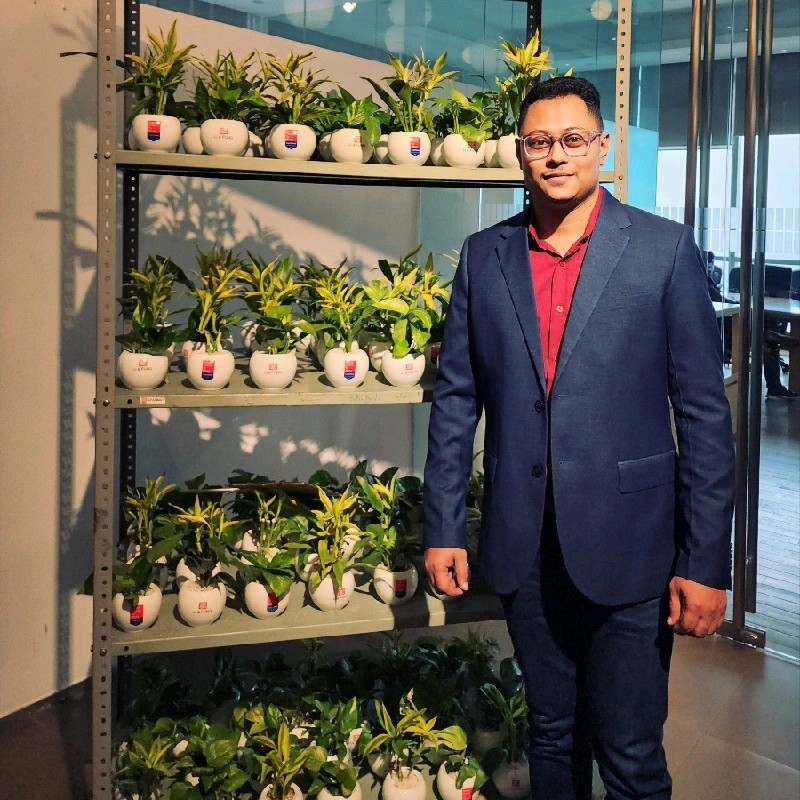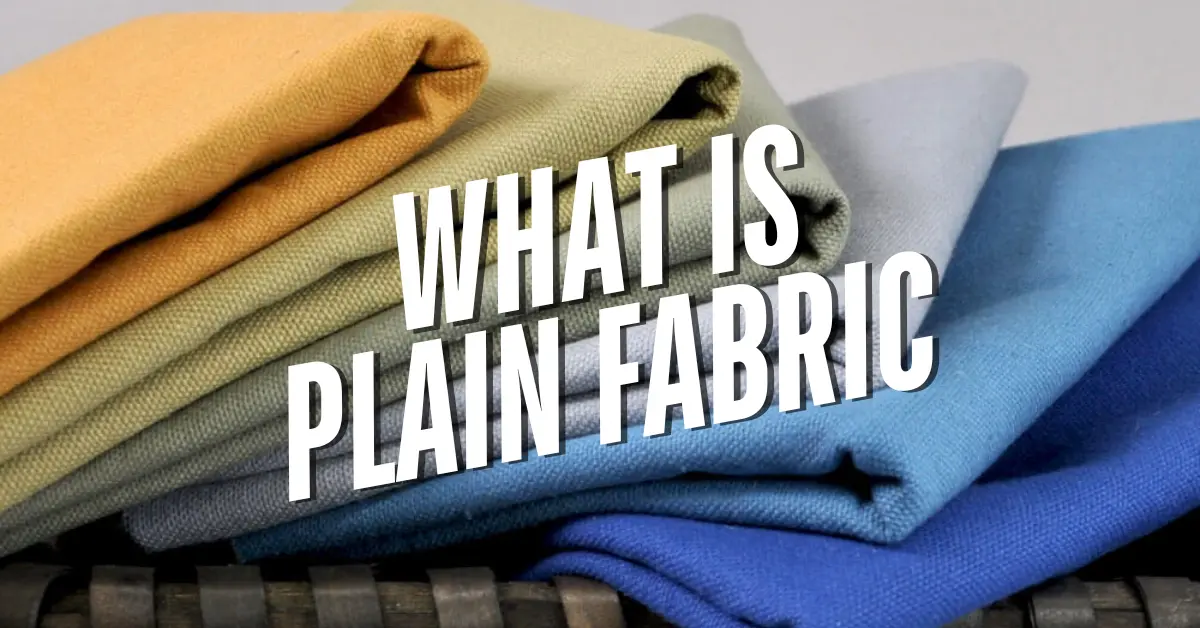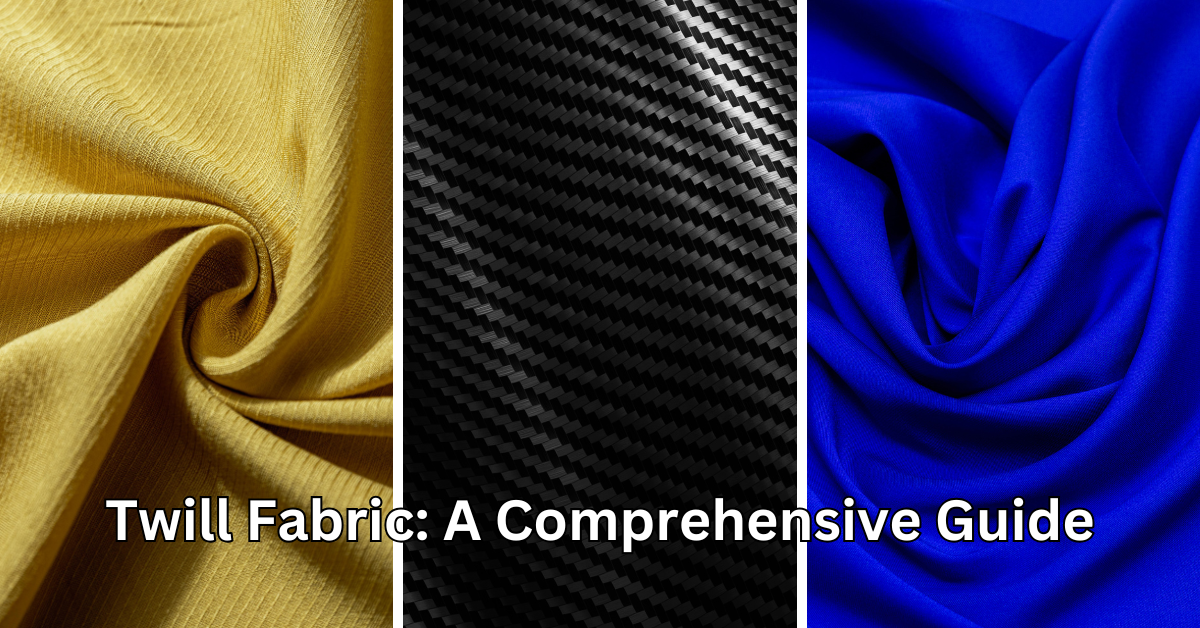Even sided twill weave is a popular fabric structure in the textile industry, known for its distinctive diagonal lines. This type of weave is commonly used in a variety of fabrics, from fashion to upholstery. The even-sided twill weave is recognized for having identical patterns on both sides, which gives it a versatile and durable nature. In this article, we’ll explore the characteristics, weaving process, and applications of this weave in modern textiles.
What is Twill Weave?
Twill weave is a type of textile structure where the weft yarn passes over one or more warp yarns, followed by passing under two or more warp yarns. This creates a diagonal pattern, known as a “wale,” which is one of its most distinctive features. Twill is different from other basic weaves, such as plain weave, where the yarns cross over and under each other in a simpler, grid-like structure.
The twill weave offers more durability and flexibility than plain weave, as the diagonal lines distribute stress evenly. When it comes to even-sided twill, the pattern is uniform on both sides, providing consistency in appearance and texture.
Exploring Even-Sided Twill Weave
An even-sided twill weave, also called a balanced twill, has a uniform pattern where the diagonal lines look the same on both sides of the fabric. This is different from other twill variations, like warp-faced or weft-faced twill, where one side appears more dominant.
The most common example of even-sided twill is the 2/2 twill, where two yarns are passed over and two yarns are passed under at each step of the weave. This gives the fabric a clear diagonal line pattern that appears equally on both sides, making it ideal for applications requiring both aesthetic appeal and durability.
Structure and Characteristics of Even-Sided Twill

Weaving Technique
Creating an even sided twill weave involves a methodical process. The key is to ensure that the pattern is balanced, with each yarn alternating between over and under at regular intervals. This can be achieved with a loom, where the warp threads (vertical threads) and weft threads (horizontal threads) interlace in a consistent manner.
To make the 2/2 twill, for example, the weft yarn goes over two warp yarns and under two warp yarns, repeating this process across the fabric. This technique ensures that the diagonal pattern is even and uniform, which is a defining characteristic of the even sided twill weave.
Physical Properties
Even-sided twill fabrics are highly valued for their strength and durability. The diagonal pattern distributes stress across the fabric, making it more resistant to wear and tear compared to plain weaves. Additionally, these fabrics tend to drape well and have a soft feel, making them suitable for both functional and decorative purposes.
The fabric is also known for its resistance to wrinkles and soil, thanks to the way the fibers are woven. This makes even-sided twill a great option for clothing that needs to maintain a crisp appearance, such as trousers, jackets, and uniforms.
Applications and Examples of Even-Sided Twill Fabrics

Common Fabrics Made with Even-Sided Twill
Several well-known fabrics are made using an even sided twill weave. One example is serge, a durable wool fabric with a smooth texture, often used for formal clothing such as suits and coats. Another well-known fabric is herringbone, which features a distinctive V-shaped pattern and is popular in jackets and upholstery.
Other fabrics that use even-sided twill include houndstooth, which has a broken check pattern and is frequently used in fashion items like skirts and scarves, and foulard, often used for neckties. These fabrics all take advantage of the balanced appearance and durability provided by the even sided twill weave.
Advantages in Various Industries
The even-sided twill weave has found applications across multiple industries due to its functional and aesthetic benefits. In fashion, it’s used to create formal wear like suits and trousers, which require durability and a smooth finish. The balanced pattern of the fabric ensures it looks good on both sides, making it versatile for different design styles.
In the home furnishings industry, even-sided twill is often used for upholstery and drapery fabrics. Its strength and attractive pattern make it ideal for furniture that gets heavy use, while its soft texture adds comfort.
Even in industrial applications, even-sided twill fabrics are used for uniforms and workwear, providing the right combination of comfort and resilience for everyday tasks.
Conclusion
Even-sided twill weave is an important fabric structure in the textile industry. Its balanced pattern and durable nature make it ideal for a wide range of applications, from formal wear to home furnishings. Whether it’s for clothing, upholstery, or workwear, the even-sided twill weave offers both practicality and visual appeal. Its consistent appearance on both sides makes it a versatile and reliable choice for textile manufacturers and consumers alike.
FAQs About Even-Sided Twill Weave
How does even-sided twill differ from other twill weaves?
Even-sided twill has an identical pattern on both sides, while other twill weaves, like warp-faced or weft-faced twill, may have a more pronounced pattern on one side.
What are the benefits of using even-sided twill in clothing?
Even-sided twill fabrics are durable, comfortable, and resistant to wrinkles and soil, making them ideal for clothing that requires long-lasting wear and a smooth appearance.
Can even-sided twill fabrics be machine washed?
Yes, many fabrics made from even-sided twill, such as cotton twill, can be machine washed. However, it’s important to check the care instructions for specific fabric types.
What is the history behind the herringbone pattern?
The herringbone pattern, made using an even-sided twill weave, dates back to ancient Roman textiles. It has been used in fashion for centuries and remains popular for its classic and elegant look.
Are there eco-friendly options for even-sided twill fabrics?
Yes, eco-friendly versions of even-sided twill fabrics are available, often made from organic cotton, hemp, or recycled fibers, reducing their environmental impact.

Manager – Fabric Technical and Sourcing/Product Development/ Sustainable Material Management.
I am a B.Sc .-educated Manager of Fabric Sourcing and Technology with extensive experience in the apparel and fashion industry. Passionate about trend analysis, fabric sourcing, and sustainable textile solutions, I thrive in fast-paced environments that demand innovation, adaptability, and leadership.
As a servant leader, I am committed to honesty, transparency, and continuous process improvement. My expertise spans fabric development, product quality management, and supply chain optimization, ensuring exceptional performance across all facets of sourcing and production.
Core Skills & Expertise
✔ Fabric Sourcing & Development – Specialized in regular and sustainable textiles (BCI, Organic, Recycled).✔ Trend Analysis – In-depth understanding of global fashion and fabric trends.✔ Product Development – Expertise in material innovation and process optimization.✔ Quality Management – Strong focus on process control, ensuring high-quality production.✔ Leadership & Problem-Solving – Solution-oriented approach to team management and decision-making.
Technical Proficiency
🖥 Software & Tools:▪ Microsoft Outlook, Excel, Word▪ PLM (Product Lifecycle Management)
🌱 Sustainable & Ethical Practices:▪ Better Cotton Initiative (BCI)▪ Organic & Recycled Fabric Management
Key Strengths
✅ Solution-Focused Leadership – Driving innovation and efficiency in fabric sourcing.✅ Quick Decision-Maker – Adapting to market shifts and production challenges.✅ Team Player with a Positive Attitude – Ensuring collaboration and productivity.✅ Strong Time Management – Meeting deadlines while maintaining quality.
Professional Achievements
🏆 Li & Fung GEM Award – Recognized for fabric sourcing and supply chain management excellence.🏆 Group CEO GEM Award – Honored for outstanding leadership and process innovation.

